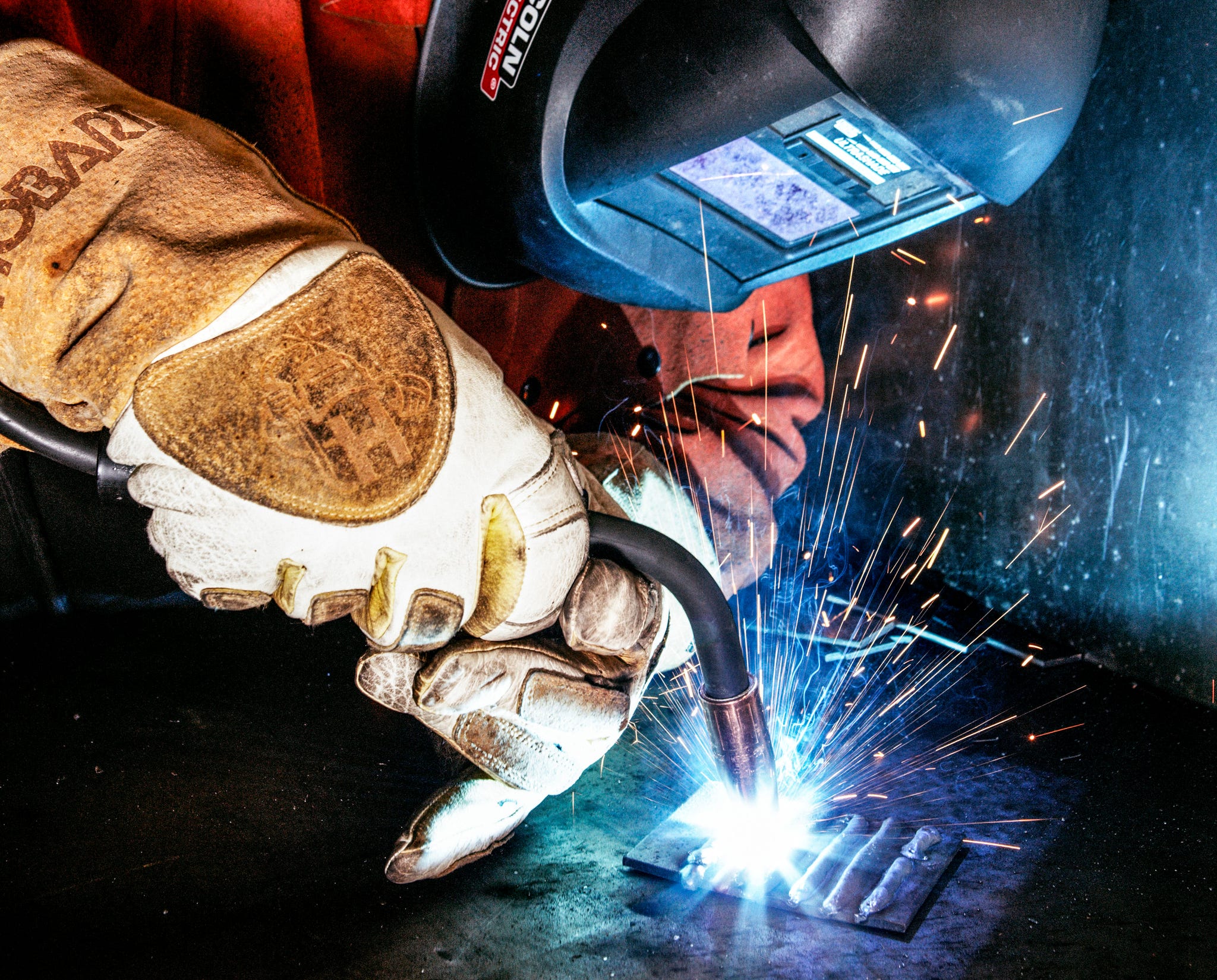Getting Welding Excellence: Introducing the Tricks of WPS Implementation and Optimization
In the realm of welding, attaining quality is a pursuit that hinges on the careful execution and optimization of Welding Procedure Specifications (WPS) By delving right into the vital components, strategies, difficulties, and finest practices connected with WPS, a world of welding excellence awaits those that are prepared to discover its depths.
Relevance of WPS in Welding
The Importance of Welding Treatment Requirements (WPS) in the welding sector can not be overstated, serving as the backbone for making sure uniformity, top quality, and security in welding procedures. A WPS gives thorough guidelines on how welding is to be executed, including necessary variables such as products, welding procedures, joint layout, filler steels, interpass and preheat temperature levels, welding currents, voltages, travel speeds, and more. By adhering to a distinct WPS, welders can keep harmony in their job, causing regular weld top quality throughout different jobs.

Secret Elements of WPS
Reviewing the important parts of a welding treatment requirements (WPS) is necessary for recognizing its function in welding procedures. An extensive WPS consists of a number of crucial elements that direct welders in attaining quality and uniformity in their job. One important element of a WPS is the welding procedure requirements, which describes the certain welding procedures to be utilized, such as gas tungsten arc welding (GTAW) or secured metal arc welding (SMAW) Furthermore, the WPS consists of information on the welding products, such as the type and specs of the base steel and filler steel to be utilized. The WPS likewise specifies important variables like welding parameters, interpass and preheat temperature needs, and post-weld warmth treatment procedures. Additionally, it includes info on joint style, fit-up, and any kind of unique strategies or precautions needed for the welding operation. By integrating these vital components right into the WPS, welding treatments can be standard, ensuring quality, efficiency, and safety and security in welding operations.
Methods for WPS Optimization

Second of all, training and credentials of welding personnel according to the details requirements of the WPS is critical. Giving comprehensive training programs and making sure that welders are certified to perform treatments laid out in the WPS can lead to better welds and minimized rework.
In addition, leveraging modern technology such as welding software and monitoring systems can aid in enhancing WPS. These tools can help in monitoring variables, making sure criteria are within defined restrictions, and providing real-time feedback to welders, allowing them to make instant modifications for enhanced weld high quality.
Typical Difficulties and Solutions
Encountering barriers in carrying out the approaches for WPS optimization can impede welding procedures' effectiveness and quality. One common obstacle is poor training or understanding of the welding treatment requirements (WPS) amongst the welding group. This can cause incorrect implementation of welds, leading to problems and rework. To address this, comprehensive training programs should be applied to make certain that all welders excel in interpreting and using WPS precisely.
One more challenge is the absence of correct documentation and record-keeping, which is important for WPS optimization. Without clear documents of welding specifications, materials made use of, and assessment results, it becomes tough to identify locations for enhancement and make certain uniformity in welding processes. Carrying out a robust documents system, such as digital welding monitoring software application, can help simplify record-keeping and help with information evaluation for continuous renovation.
In addition, irregular welding equipment calibration and maintenance can posture a substantial obstacle to WPS optimization. Regular welding WPS devices checks, calibration, and maintenance routines should be abided by strictly to ensure that welding specifications are properly managed and maintained within the defined resistances (welding WPS). By addressing these usual obstacles with aggressive services, welding procedures can enhance effectiveness, top quality, and overall welding quality
Best Practices for WPS Application
To make certain successful WPS application in welding procedures, adherence to industry requirements and thorough attention to detail are extremely important. When initiating WPS application, it is critical to start by completely comprehending the details welding requirements of the job. This involves a thorough review of the welding treatment requirements, products to be welded, and the environmental problems in which the welding will certainly take area.
Once the requirements are clear, the next step is to choose the ideal welding treatment that aligns with these specifications. This includes seeking advice from the pertinent codes and criteria, such as those given by the American Welding Society (AWS) or the International Organization for Standardization (ISO), to ensure compliance and quality.
Additionally, documenting the entire WPS application process is necessary for traceability and top quality control. Detailed records should be kept regarding welding parameters, material prep work, interpass and preheat temperature levels, welding consumables made use of, and any kind of inconsistencies from the initial treatment. Routine audits and testimonials of the WPS can help recognize locations for enhancement and make certain continuous optimization of the welding process.


Verdict
In conclusion, the execution and optimization of Welding Procedure Specs (WPS) is vital for achieving welding excellence. By comprehending the crucial elements of WPS, carrying out efficient approaches for optimization, dealing with usual obstacles, and following best methods, welders can guarantee top quality welds and secure working problems. It is important for experts in the welding sector to focus on the correct implementation of WPS to enhance total welding efficiency and achieve desired end results.
The Importance of Welding Procedure Specifications (WPS) go in the welding market can not be overstated, serving as the backbone for making certain uniformity, top quality, and safety and security in welding procedures. A WPS provides detailed guidelines on how welding is to be brought out, consisting of essential variables such as products, welding procedures, joint layout, filler steels, preheat and interpass temperatures, welding currents, voltages, travel rates, and more. One crucial aspect of a WPS is the welding process requirements, which lays out the details welding procedures to be made use of, such as gas tungsten arc welding (GTAW) or protected metal arc welding (SMAW) By incorporating these key elements right into the WPS, welding treatments can be standardized, making certain top quality, performance, and security in welding operations.
It is more vital for experts in the welding industry to focus on the appropriate application of WPS to enhance overall welding performance and attain preferred outcomes.